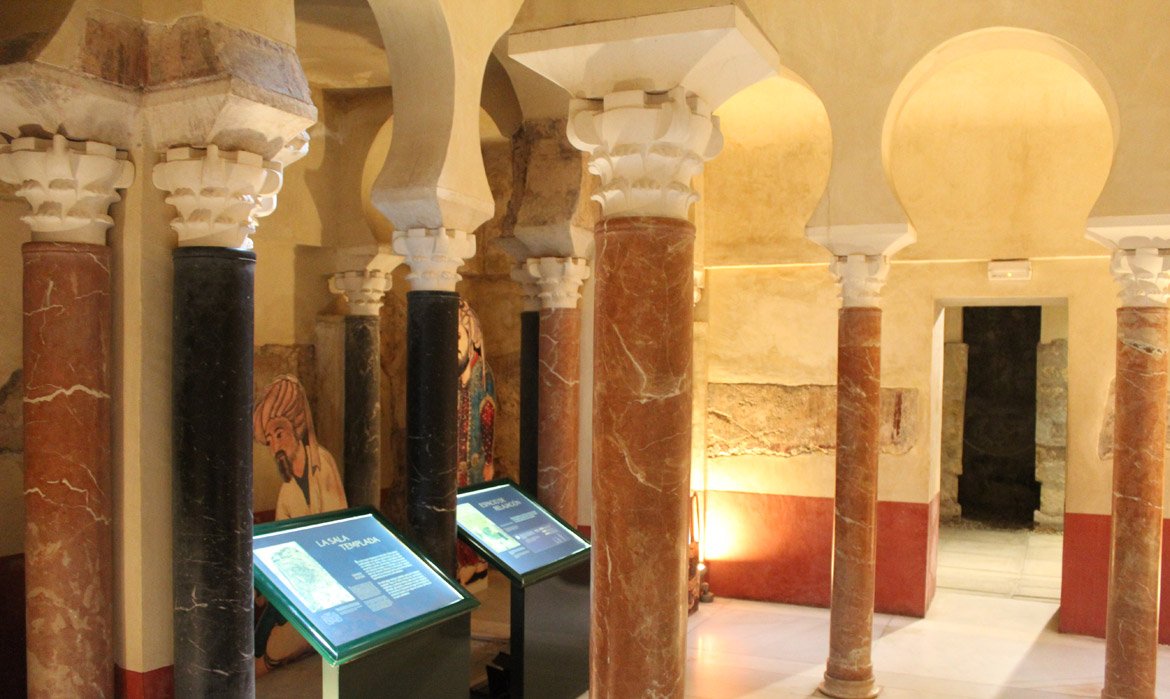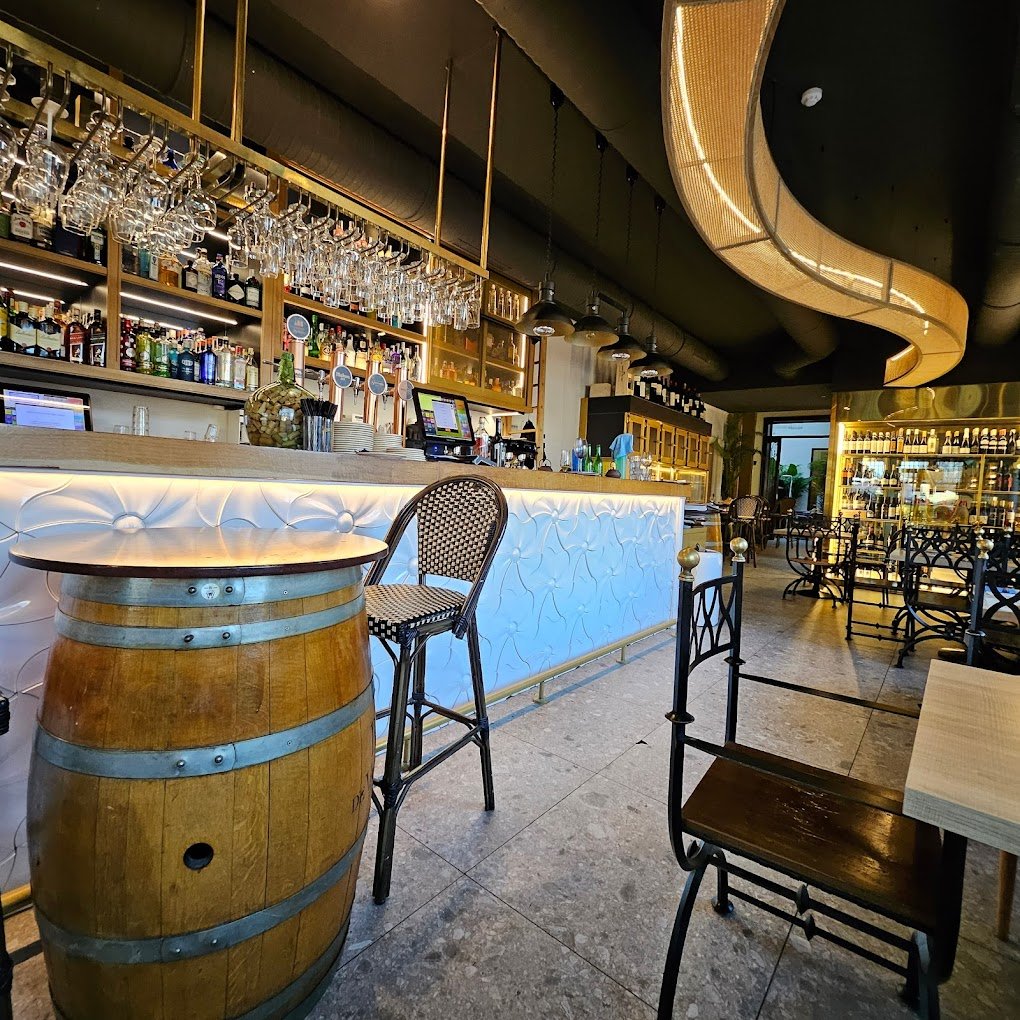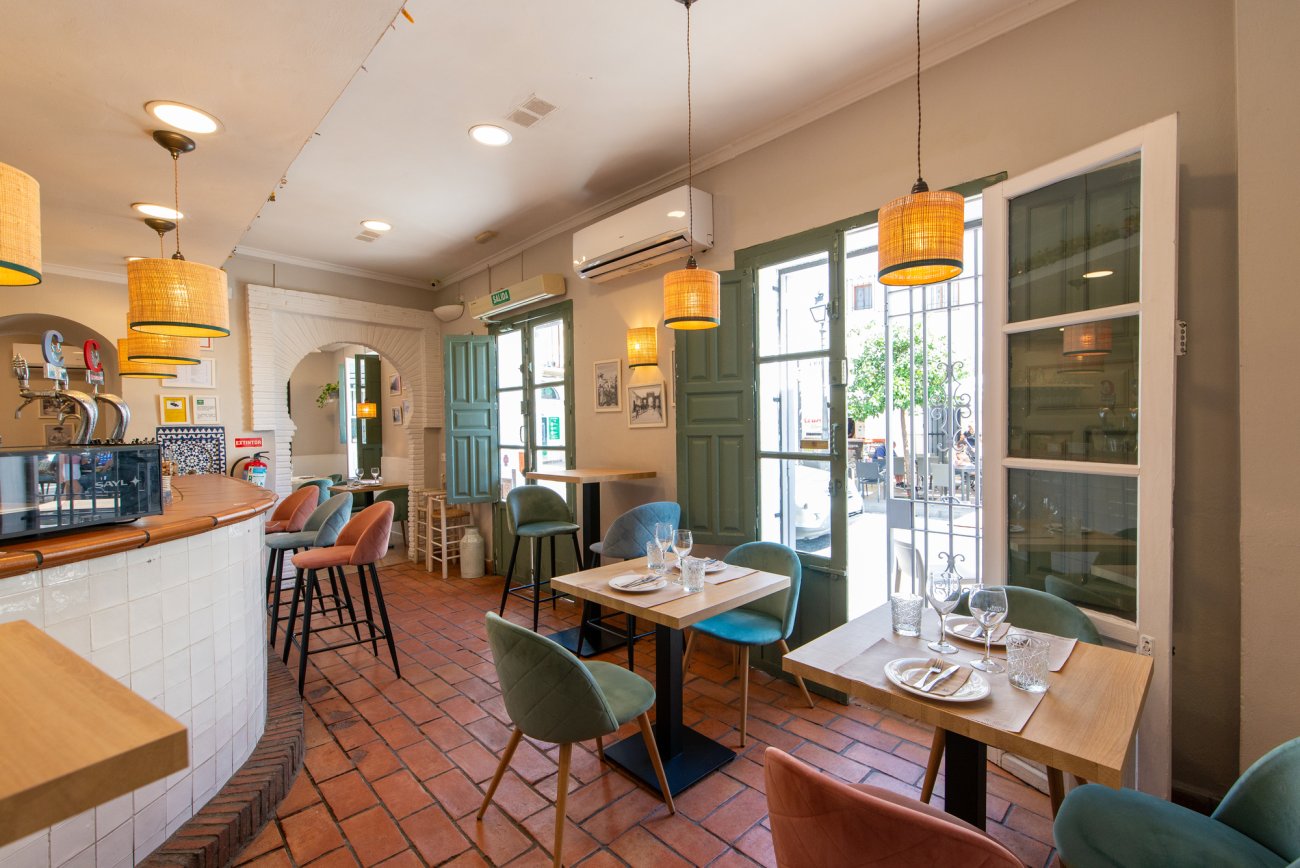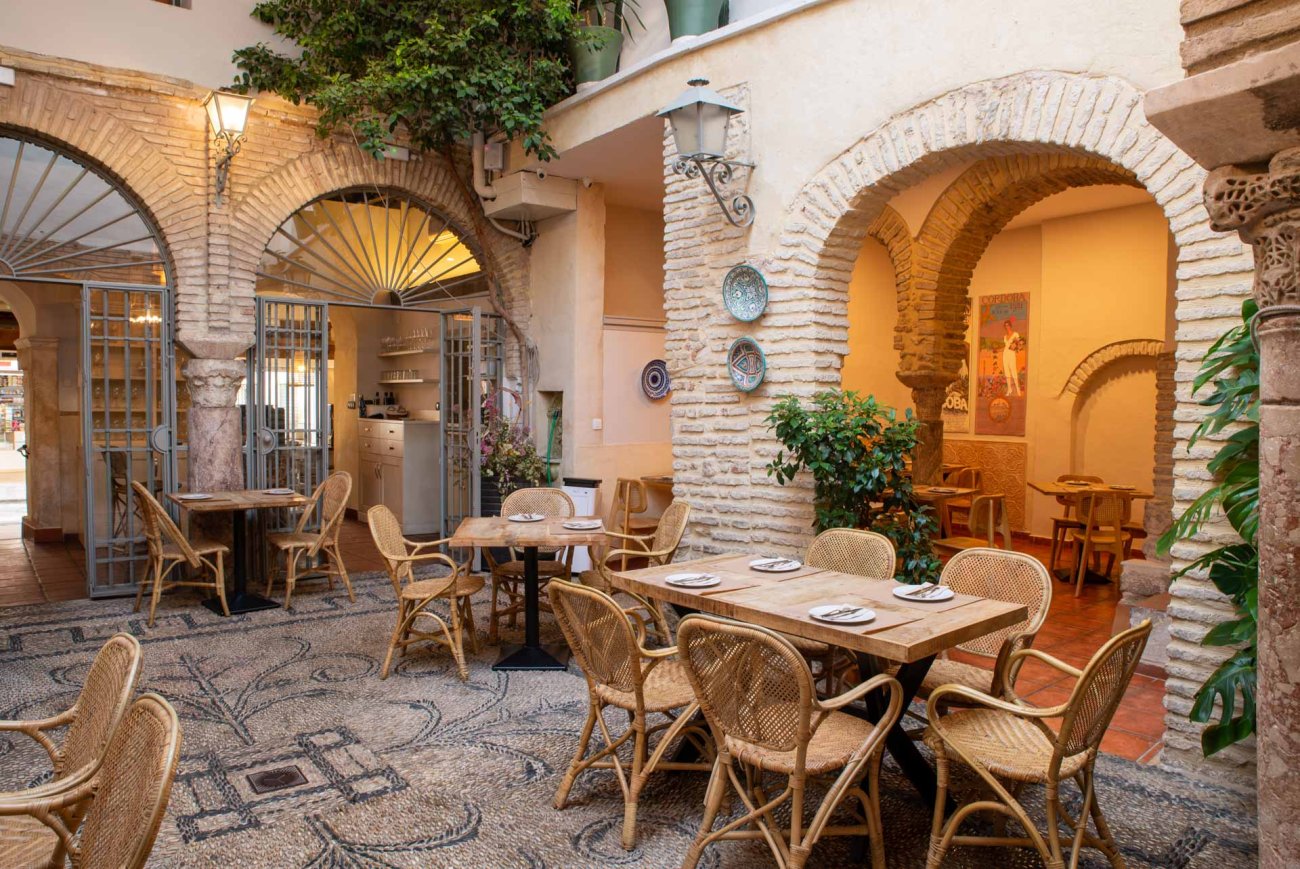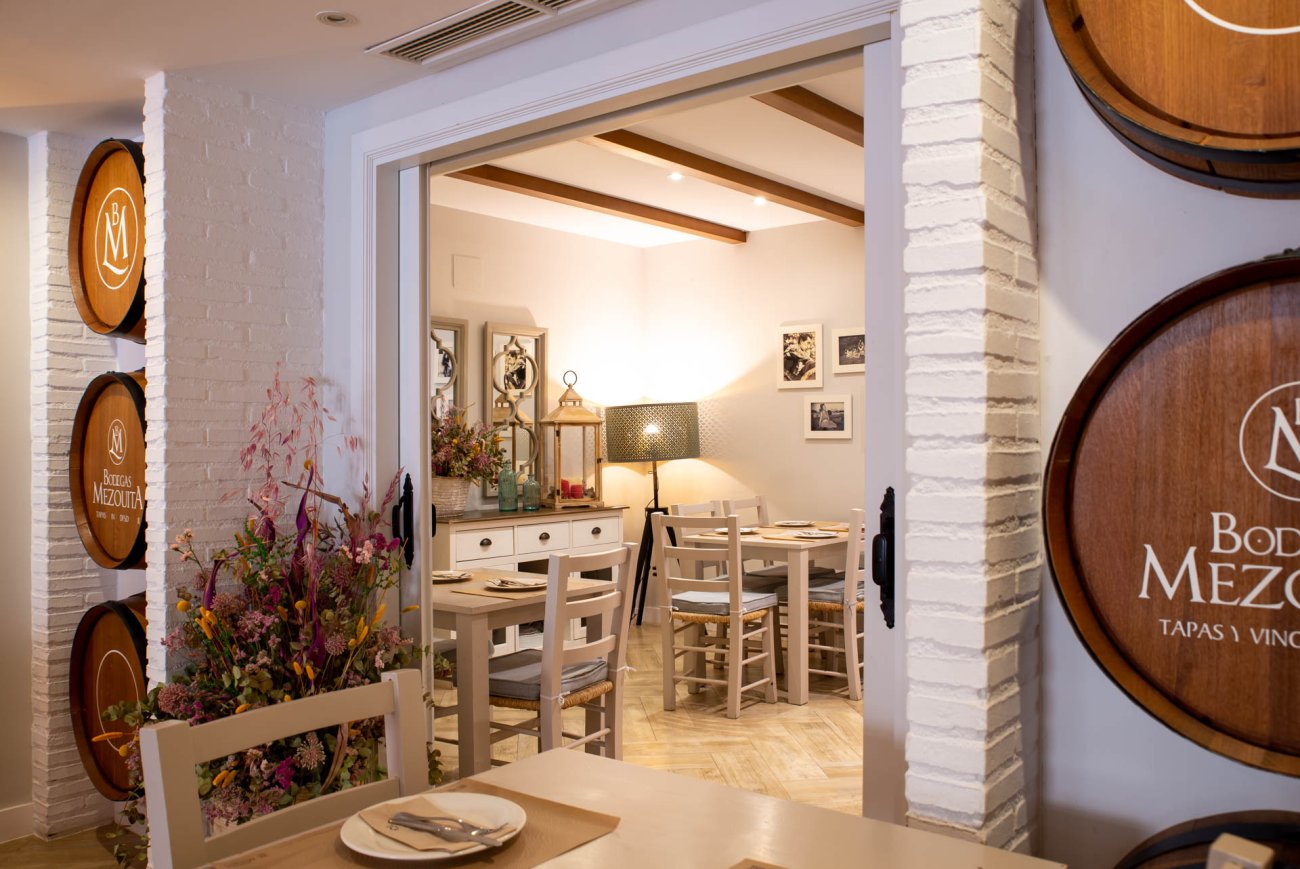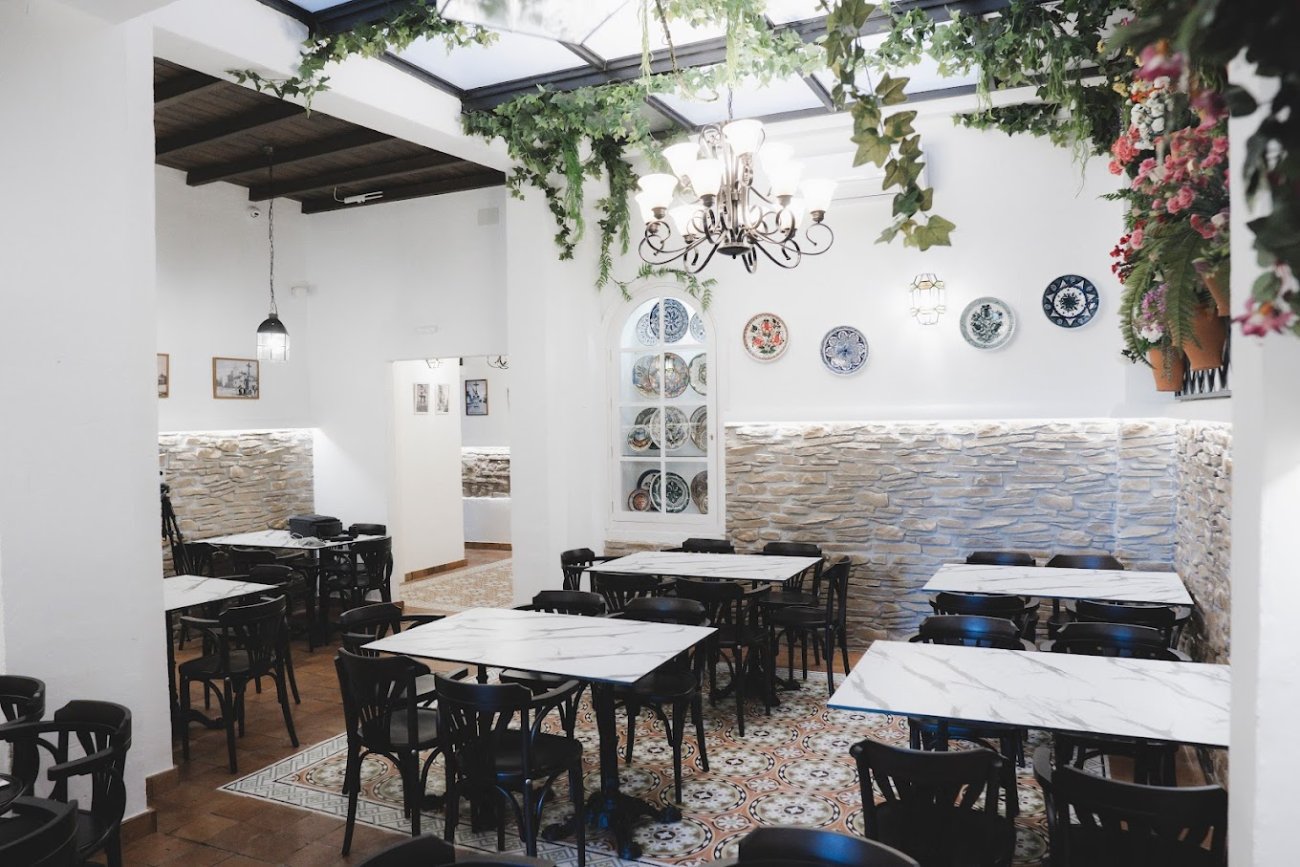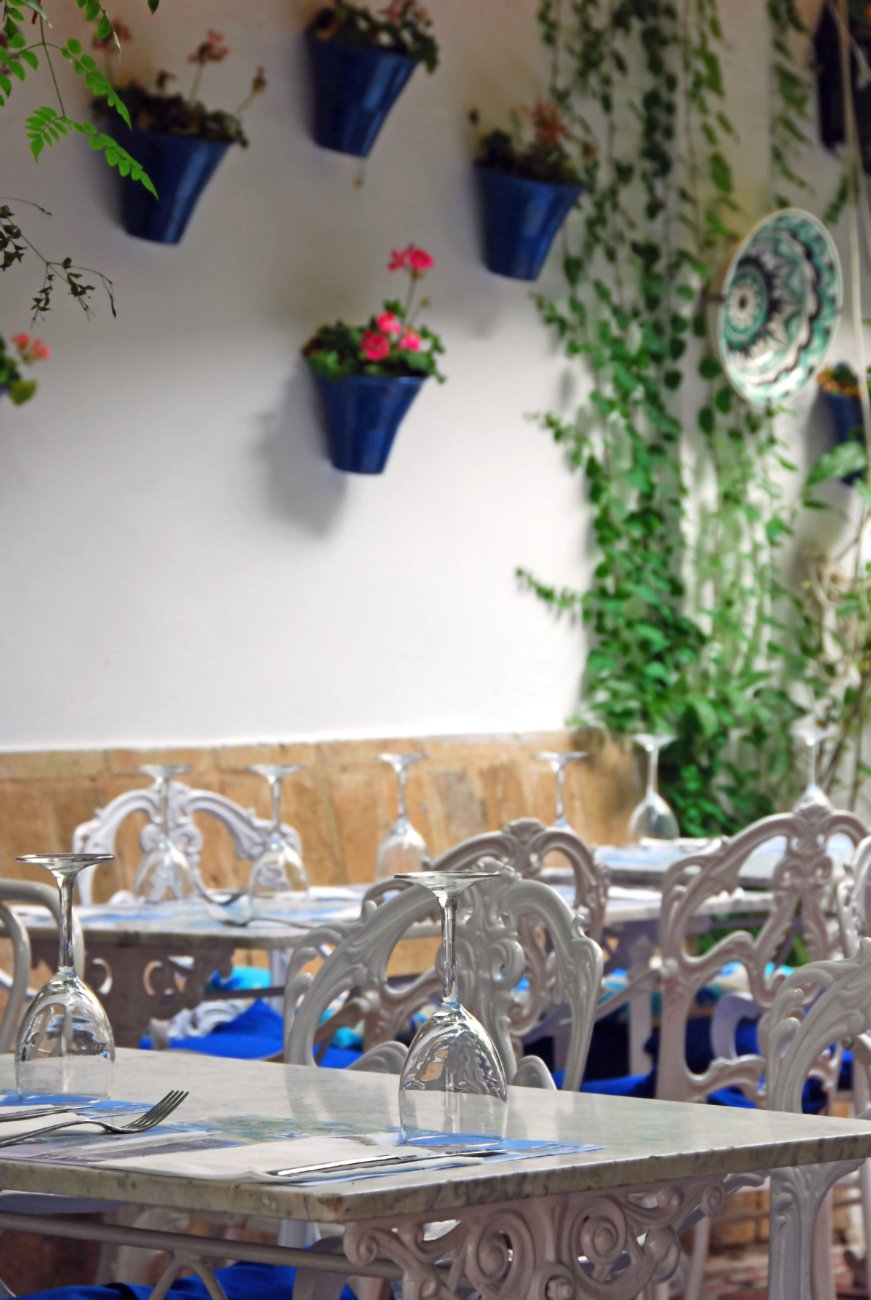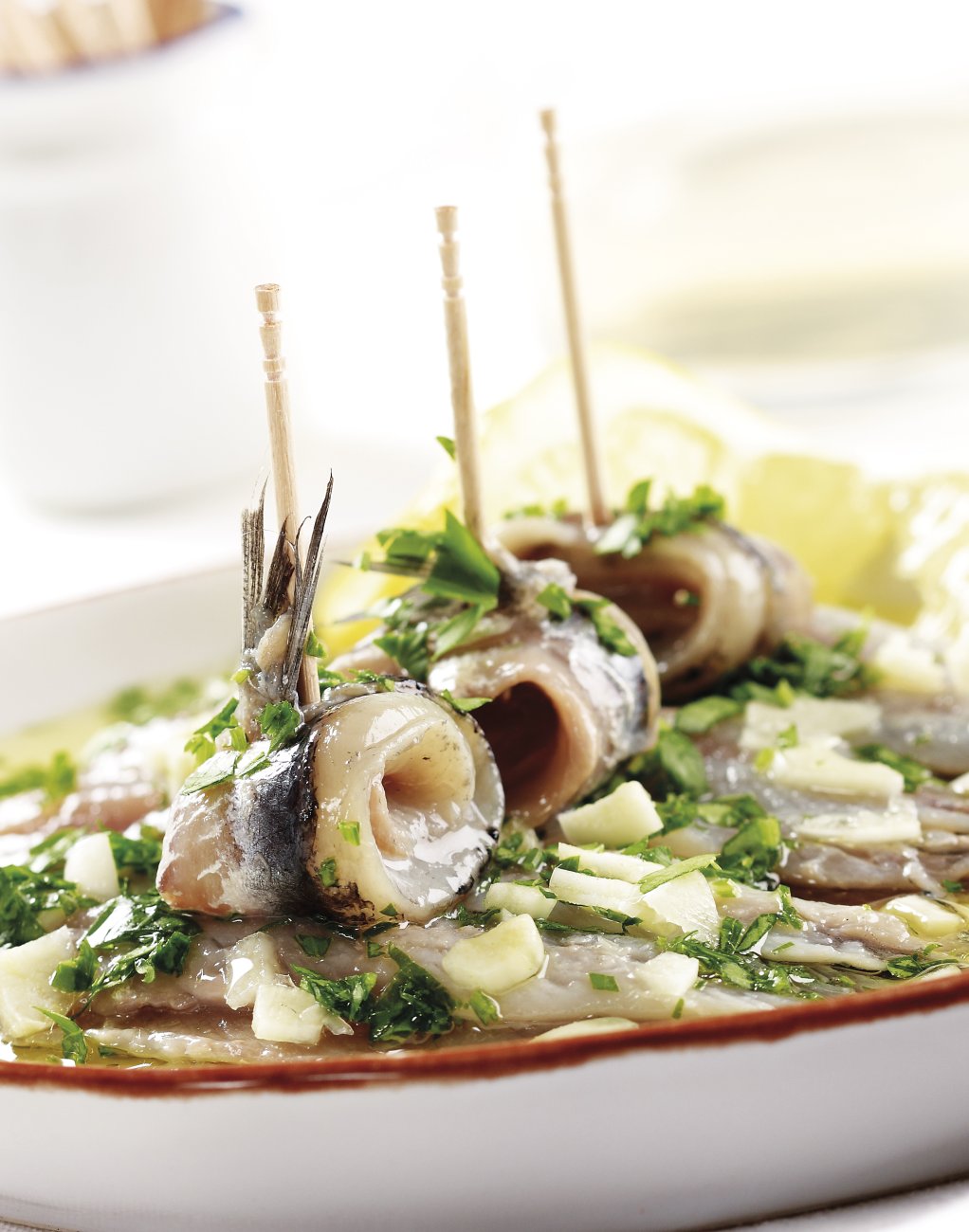The Baths of the Caliphal Alcázar are one of the most representative testimonies to the splendour of Al-Andalus and the refined culture that flourished in 10th-century Caliphal Córdoba. Located in the very heart of the historic centre, next to the Campo Santo de los Mártires and very close to the Alcázar of the Christian Monarchs, these Arab baths reflect the high degree of sophistication and the attention to hygiene, wellbeing and social life that characterised the Umayyad court at the height of its splendour.
History of the Baths of the Caliphal Alcázar
Origins and construction
More than a simple thermal complex, the Baths of the Caliphal Alcázar represent a unique legacy in Córdoba’s heritage, not only for their architectural value but also for their ability to illustrate daily life and customs in the city during the Caliphate of Córdoba. They were used by emirs, caliphs and courtiers, and over the centuries they underwent expansions, transformations, and finally an archaeological rediscovery that made their recovery and museum adaptation possible.
This article aims to provide a complete and up-to-date guide to fully understanding the Baths of the Caliphal Alcázar: from their history and architectural evolution to practical details for planning a visit. Through this journey, readers can appreciate the relevance of the site within the context of Al-Andalus, discover its most notable features, and understand why it is one of the most fascinating corners of Córdoba’s heritage.
The Baths of the Caliphal Alcázar of Córdoba were built during the reign of al-Hakam II (961–976), the second caliph of the Caliphate of Córdoba, as part of the palatial complex known as the Andalusi Alcázar. This area, located on the western side of the Emirate-period city, housed the residences and administrative rooms of the caliphal court, and the baths formed an essential facility in everyday palace life.
As was customary in the Islamic world, baths served not only a hygienic purpose but also a social, religious and political one. Known as hammams, these spaces were used for purification before prayer, bodily relaxation and interaction among members of the elite. The caliphal baths followed a functional structure consisting of a vestibule, cold, warm and hot rooms, boiler and woodshed, reflecting the high degree of technical and aesthetic sophistication of Andalusi architecture.
Their construction took place during a period of unprecedented cultural and urban flourishing in Córdoba, which in the 10th century became one of the largest and most influential cities in Europe and the Islamic world.
Expansions and transformations
After the dissolution of the Caliphate in the 11th century, the palatial complex and its baths continued in use during the Taifa kingdoms and later under Almohad rule (12th–13th centuries). During these periods, expansions were carried out, including new rooms, decorative elements and structural improvements. Among the most remarkable additions were a reception hall (possibly from Taifa times) and new baths built under the Almohads, reusing part of the original caliphal structure.
The situation changed drastically after the Christian conquest of Córdoba in 1236. Although the Alcázar was adapted as a royal residence for the Castilian monarchs, the Islamic baths were gradually abandoned as they lost their functional value within the new power structure. In the 14th century, much of the building was buried and covered by gardens and outbuildings of the new Christian Alcázar. Over time, the memory of their existence faded until it was completely forgotten.
Rediscovery and restoration
The rediscovery of the Baths occurred by chance in two key moments: first in 1691 during construction works in the area, and later in 1903, when significant remains were found beneath what is now the Campo Santo de los Mártires. However, it was not until 1961–1964 that the first systematic archaeological excavations were carried out by archaeologist Félix Hernández, who documented the scope of the thermal complex.
Over the following decades, various conservation and research efforts strengthened the remains and improved their interpretation. Finally, after major restoration work funded by the Córdoba City Council, the site was inaugurated as a museum in 2006 with the aim of showcasing this caliphal legacy and offering the public a comprehensive view of Andalusi architecture and everyday life.
The opening of the museum marked a milestone in the recovery of Córdoba’s Islamic heritage and consolidated the Baths of the Caliphal Alcázar as one of the city’s most distinctive and important cultural attractions.
Architecture and layout of the complex
Original structure
The Baths of the Caliphal Alcázar of Córdoba follow the traditional layout of an Islamic hammam, inherited from Roman baths but adapted to Muslim social and religious customs. Their architectural design follows a gradual thermal progression, with a clear separation of functions between rooms.
The complex is organised around the following spaces:
Bayt al-maslaj (vestibule/changing room): the first space visitors entered. Here they undressed and rested before and after the bathing ritual. Its functional design also encouraged social gatherings.
Bayt al-barid (cold room): a transitional space used for thermal adaptation. Its cool materials helped the body acclimatise.
Bayt al-wastani (warm room): the heart of the hammam. This warm, stable space was ideal for relaxation, conversation, and the application of oils or massages. It was the largest and architecturally the most refined.
Additional architectural elements included:
Star-shaped skylights: openings in the vaulted ceilings that allowed diffused natural light and ventilation.
Horseshoe arches: characteristic of caliphal art, providing graceful transitions between rooms.
Marble columns and reused capitals: many taken from Roman and Visigothic structures, adding archaeological variety and historical richness.
This design addressed both functional needs and the symbolic connection between bodily cleanliness and spiritual purity in Islamic tradition.
Later expansions
During the 11th and 12th centuries, under the Taifa kingdoms and later the Almohads, the complex was expanded and enriched with new structures that reflected both continuity and cultural evolution. One of the most significant additions was a reception hall—likely from the Taifa period—used for ceremonial purposes or diplomatic meetings, decorated with refined stucco work and connected to an Andalusi garden.
Under Almohad rule, new baths were built, partly reusing caliphal foundations and structures. These additions expanded the functionality of the complex and incorporated more advanced construction techniques, maintaining stylistic coherence while adapting to the needs of the new Islamic rulers. Thanks to excavation and restoration efforts, much of this evolution can now be visited, offering insight into the changing role of these spaces over centuries.
The museum today
Tour and exhibition spaces
The current Museum of the Baths of the Caliphal Alcázar is designed to offer an educational and immersive experience that respects the site’s heritage value. The museumisation allows visitors to move through the ancient thermal rooms while discovering their history, architectural evolution and cultural context step by step.
The tour begins in a reception hall offering an overview of the site and its importance within the Andalusi palace complex. From there, visitors step into a recreated Andalusi garden, featuring characteristic vegetation, fountains and stone paths, serving as a symbolic transition between the modern exterior and the historical world of the hammam.
Visitor experience
One of the museum’s greatest achievements is its atmospheric recreation of the original hammam. Despite being an archaeological site, the museographic design preserves authenticity while adding sensory value. Soft, focused lighting—evoking the filtered light of the original star-shaped skylights—creates an intimate and contemplative environment. Combined with materials that respect historic textures and the natural underground temperature, the effect transports visitors back to the caliphal era. The tour encourages a slow and respectful visit, allowing each room to be appreciated in detail. Minimal ambient noise enhances the natural echo of the rooms, reinforcing the sense of seclusion traditionally associated with these baths.
Practical information for visitors
Opening hours
Winter (16 September – 15 June):
Summer (16 June – 15 September):
Ticket prices
General admission: €3.00
Reduced admission: €1.50 (students up to 26 years old)
Free admission for children under 14, unemployed visitors and people with disabilities
Location and access
Address: Campo Santo de los Mártires, s/n, 14004 Córdoba
Public transport: bus lines 3 and 12
Ticket sales
Online purchase via the official website
Automatic ticket machine on site
Additional points of sale: bus station, Visitor Reception Centre, 24-hour kiosk at the Campo Santo de los Mártires












